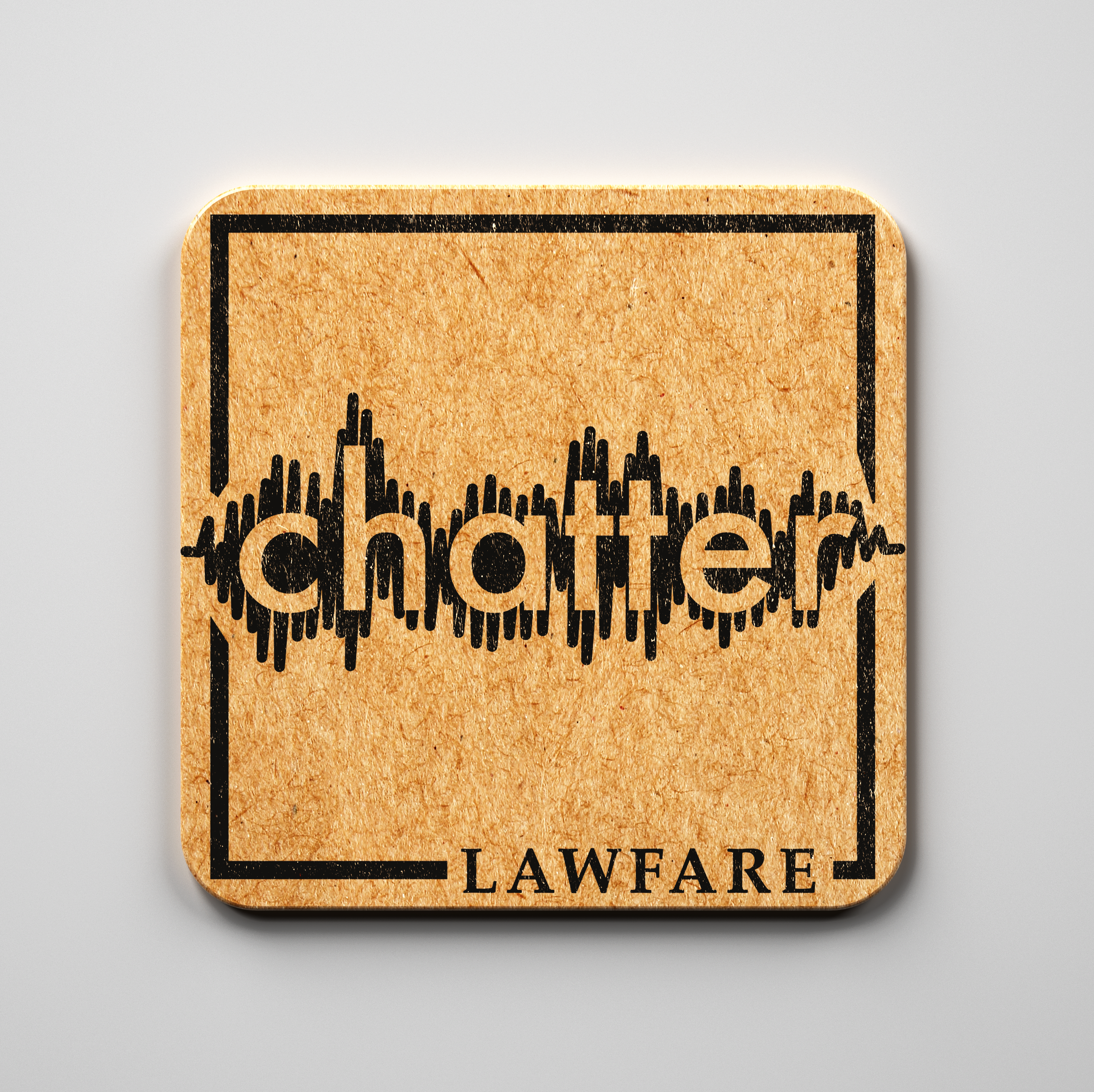Manual Procedures As Protection Against Cyber Threats
A story in the 10/14/2015 Washington Post (https://www.washingtonpost.com/news/the-switch/wp/2015/10/14/cybersecurity-fears-are-making-u-s-sailors-learn-to-navigate-by-the-stars-again/) indicates that the U.S.
Published by The Lawfare Institute
in Cooperation With

A story in the 10/14/2015 Washington Post (https://www.washingtonpost.com/news/the-switch/wp/2015/10/14/cybersecurity-fears-are-making-u-s-sailors-learn-to-navigate-by-the-stars-again/) indicates that the U.S. Naval Academy is restarting its efforts to teach midshipmen the art of celestial navigation using sextants and chronometers amidst concerns that electronically assisted navigation might be vulnerable in an age of cybersecurity threats.
It’s about time (no pun intended). In the wake of Eligible Receiver 97 (a no-notice Joint Chiefs of Staff exercise held in 1997 to test DOD communications interoperability that documented a variety of serious cyber vulnerabilities), a Navy captain on the Joint Staff told me that when he returned to ship command, the first thing for him to do would be to put his cruiser through a bunch of drills to see how they would operate in an electronically denied environment. That was the right thing to do nearly 20 years ago, and it’s still the right thing to do now—and on a much larger scale than is the practice today. For example, ground troops too must also learn how to operate without GPS to discover where they are, using paper maps and compasses.
The military advantages conferred by our electronic and cyber systems are important, and we should learn how to use them effectively. But we also need to spend time learning what to do when we don’t have access to those systems.





